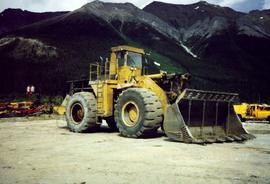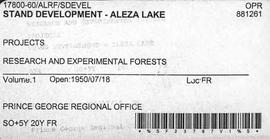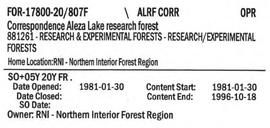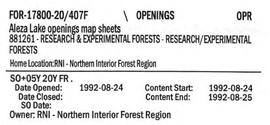File consists of a speech given by Gary Runka entitled "Problems and Solutions: The BC Land Commission Experience" at the Conference on Agricultural Land Preservation in Washington State at the University of Washington, Seattle.
Commentary on this speech by Barry Smith of the Ministry of Agriculture and Lands:
"This speech, written for and delivered to an international audience, reads like an article aimed at providing an historical overview of the first three years of the work of the Land Commission.
While succinct, it also has the quality of a comprehensive overview. Up to this point this is the best item in the collection explaining the background of the legislation, implementation and administrative challenges of the Commission over its first three years of operation.
Given when it was written - at a time when the formative history of the Land Commission was being made and by a person in the very centre of this history who was day-by-day helping to create this history - this is a singularly important document."



